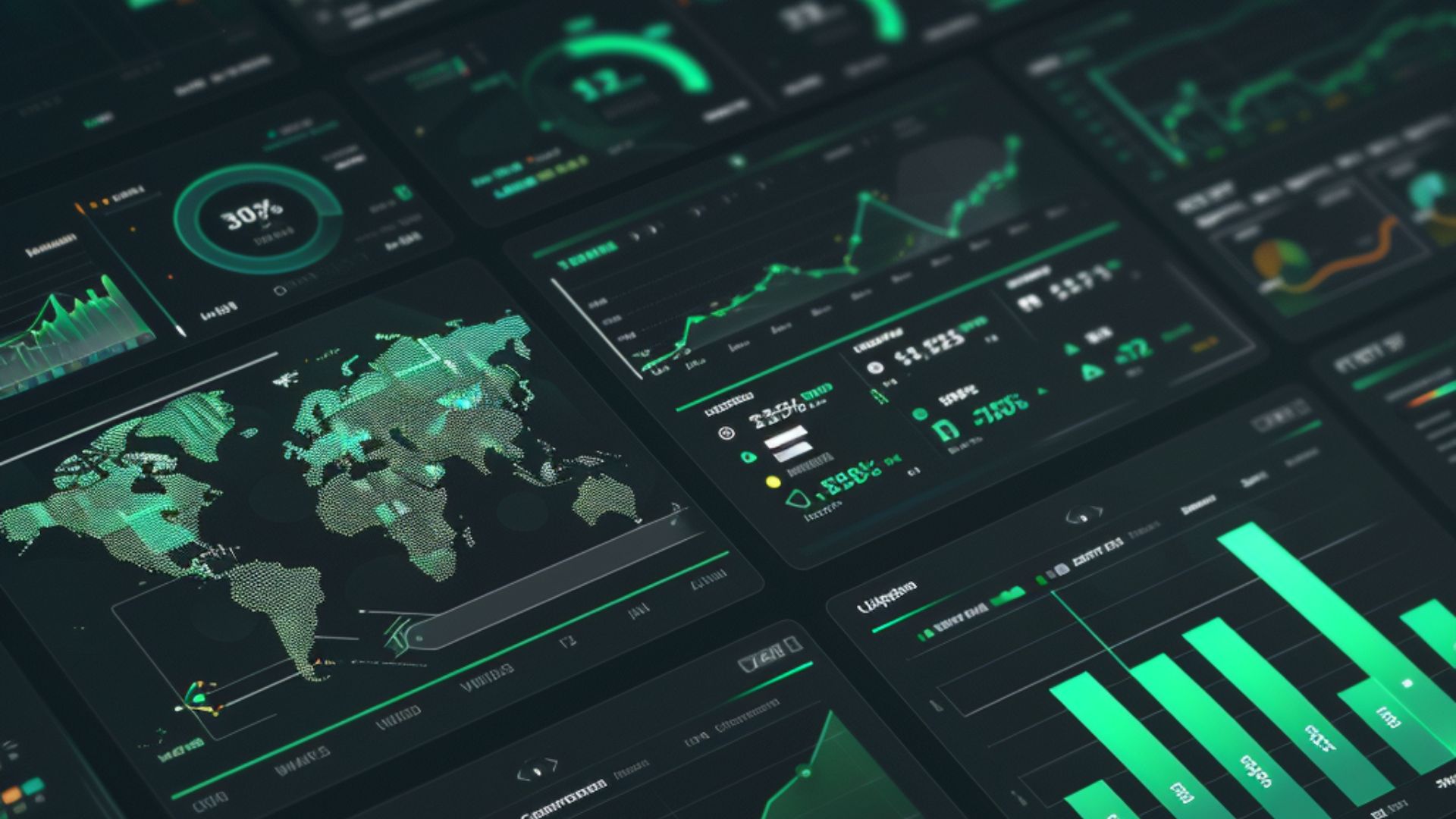Introduction
In an era where sustainability is no longer optional but imperative, understanding and managing your business’s carbon footprint is crucial. A carbon footprint represents the total greenhouse gas (GHG) emissions caused by an organization, expressed as a carbon dioxide equivalent (CO2e). It quantifies an organization’s impact on the environment and atmosphere concerning GHG emissions. Despite efforts to reduce emissions, every organization inevitably emits some amount of CO2. Recognizing our environmental impact is the first step in strategizing for a sustainable future.
Understanding Scope Emissions
The concept of scope emissions categorizes an organization’s emissions into four distinct scopes:
- Scope 1 Emissions: Direct emissions from sources owned or controlled by the organization, such as fuel combustion in company vehicles or onsite facilities.
- Scope 2 Emissions: Indirect emissions from the generation of purchased energy, such as electricity, steam, heating, and cooling.
- Scope 3 Emissions: Indirect emissions from sources not owned or directly controlled by the organization but related to its activities, such as business travel, supply chain, and product use.
- Scope 4 Emissions (Avoided Emissions): Emissions avoided by an organization’s products or services, such as renewable energy generation that displaces fossil fuel energy.
Understanding these scopes is essential for accurate carbon accounting and developing effective emission reduction strategies.
Why Measuring Your Carbon Footprint Matters
Measuring your carbon footprint is crucial for several reasons:
- Transition to a Green Economy: Setting benchmarks and emission targets helps identify emission sources and control them, creating effective carbon reduction strategies.
- Stakeholder Expectations: With rising temperatures and climate emergencies, there’s increasing demand for measurable CO2 reduction strategies. Consumers and investors now prioritize sustainable business practices, making carbon footprint measurement a must-have for business compliance and competitiveness.
- Financial Implications: Clear ESG reporting is a key requirement for investors. Losing stakeholder attention and loyal customers due to unsustainable practices can result in revenue loss.
The Process of Calculating Your Carbon Footprint
Calculating your carbon footprint involves several steps:
- Scope 1 Emissions: Account for direct emissions from activities like electricity generation, heating, cooling, and refrigerants.
- Scope 2 Emissions: Track indirect emissions from energy sources like steam, electricity, and chilled water. Automation tools like Net0 can simplify data input from utility bills and invoices.
- Scope 3 Emissions: Collect data from suppliers and use activity-based data for accurate calculations. Net0’s platform can convert raw data into emissions data, and the spend-based approach can fill in gaps from uncollected data.
Taking Action: From Measurement to Reduction
Once your carbon footprint is calculated, it’s time to take action:
- Utilize Tools: Net0’s simulator tool helps organizations understand the impact of substituting energy sources or materials in their supply chain, providing a clearer picture for investors.
- Empower Teams: Use progress cards to motivate your team and track achievements. Onboard team members responsible for data input and celebrate progress.
- Build Strategies: Create actionable strategies for carbon reduction that involve the entire organization.
In Conclusion
Automated solutions like Net0 make measuring your business’s carbon footprint easier, faster, and more cost-effective. Proactive decision-making based on accurate carbon footprint data is key to reducing emissions and moving towards a carbon-free world.
Call to Action
Experience the power of comprehensive carbon footprint measurement and management with CarbonM by Cedars Digital. Discover how our innovative platform can streamline your sustainability journey and position your business as a leader in the green economy. Schedule a demo today and take the first step towards a more sustainable future with CarbonM.






